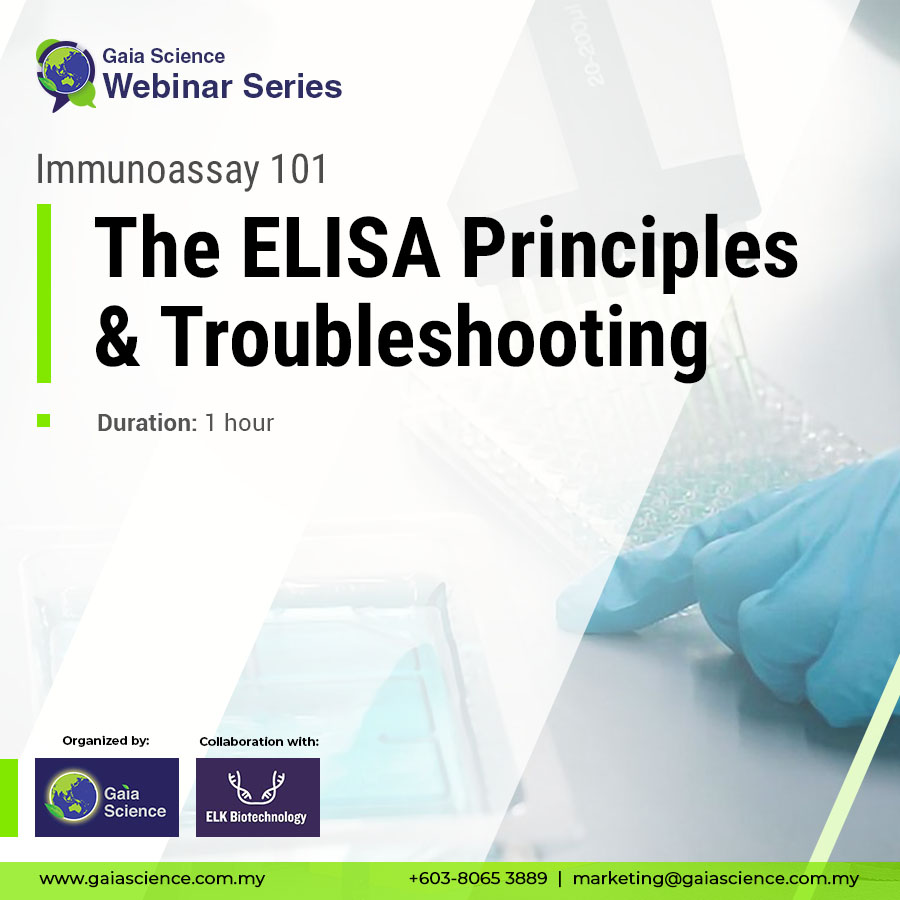The ELISA Principles & Troubleshooting
.jpg)
|
|
|
The ELISA Principles & TroubleshootingThe enzyme-linked immunosorbent assay (ELISA) is a staple in many laboratories. ELISA is an antibody-based reaction that allows the detection and quantitation of numerous analytes with the same basic assay process. The reaction uses a solid surface, typically a microplate, to immobilize the analyte. Once immobilized, unwanted materials can be removed by washing and the remaining analyte quantitated. The assay technology uses antibodies in conjunction with enzyme-catalyzed amplification to provide high specificity and high sensitivity. While relatively simple in theory, there is significant room for errors that can cause ambiguous and inconsistent results. Here we describe the basic process steps of ELISA, best laboratory practices along with troubleshooting tips for common problems. This information will be of interest to individuals involved in developing, manufacturing, and using ELISA based immunoassays. In this webinar, we will cover:
For any enquiries, contact us at:
|

 SingaporeSG
SingaporeSG ChinaCN
ChinaCN MalaysiaMY
MalaysiaMY IndonesiaID
IndonesiaID MyanmarMM
MyanmarMM

